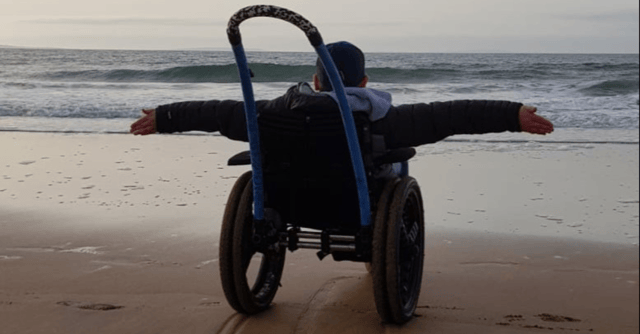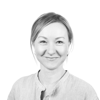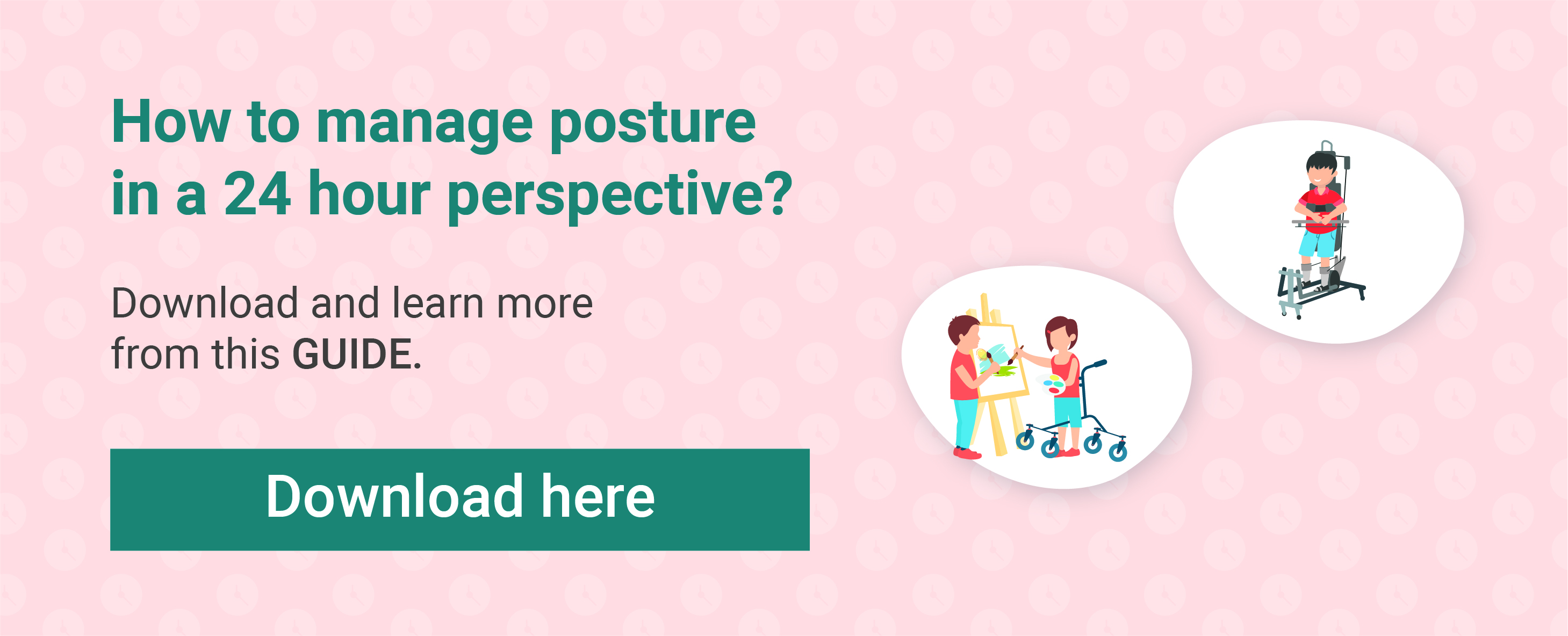
19-Mar-2025What is ACE SMA?

Back to Blog Overview
ACE SMA is a charity organization in the UK, aiming to raise money to fund clinical research. They are currently funding a study investigating the acceptability, feasibility, safety and efficacy of an individualised rehabilitation plan for children with SMA.
In this article you can read about:
- What is SMA?
- Learn about the ACE SMA organization
- Ongoing intervention study - ACE SMA
- When can we expect research outcomes?
What is SMA?
Spinal Muscular Atrophy (SMA) is a genetic disorder that affects the motor neurons in the spinal cord and brainstem, leading to progressive muscle weakness and atrophy. It is caused by a mutation in the SMN1 gene, which is crucial for the survival of motor neurons. Without these neurons, muscles don't receive the signals needed to move, resulting in muscle weakness that worsens over time.
There are several types of SMA, classified based on the age of onset and severity of symptoms:
- Type 1: often also called Werdnig-Hoffmann disease. This is the most common and the most severe form of the condition. At birth, or after a few months, low muscle tone is observed. A child will most likely not be able to control head movements or sit unassisted. Swallowing problems may occur and can lead to difficulties when feeding and thereby poor growth. Also, the respiratory system might be affected due to weakness of respiratory muscles.
- Type 2: often also called Dubowitz disease. Symptoms of muscle weakness usually develop between the age of 6 and 12 months. At this level your child will be able to sit independently but cannot stand or walk unaided. As muscle weakness worsens with age the child's motor function might be affected later in life. The child is at risk of developing scoliosis (spine that curves) and the respiratory muscle may also be affected.
- Type 3: often also called Kugelberg-Welander disease. Symptoms of muscle weakness appear after early childhood. A child at this level will be able to stand and walk unaided, but some reduction in motor function might occur over time. For example, walking and climbing stairs may become increasingly difficult.
- Type 4: is very rare. Symptoms begin in early adulthood and often appear as mild to moderate muscle weakness, tremors, and mild breathing problems.
Unfortunately, there is no cure for SMA, but new medicines used in the treatment of SMA can help increase life expectancy, improve muscle control, and provide increased quality of life.
Screening for Spinal Muscular Atrophy (SMA) has been incorporated into the newborn screening programs in several countries, allowing for early identification and intervention. Countries currently conducting such screenings include Norway, Sweden, Denmark, Germany, and Belgium. SMA screening is not currently included in the newborn screening program in the United Kingdom.
Learn about the ACE SMA organization
ACE SMA is a charity organisation dedicated to raising Awareness about Spinal Muscular Atrophy (SMA), a condition that remains relatively unknown despite being the leading cause of death in children under two years of age. The organisation aims to support research efforts towards discovering a Cure for SMA. Additionally, ACE SMA promotes Exercise as a means to enhance mobility and facilitate freedom of movement for individuals living with SMA.
ACE = Awarenss – Cure – Exercise
You can learn more about the organisation here. You can also follow the organisation on Instagram.
ACE SMA Interventions Study
In recent years, several new medications have become available for children diagnosed with SMA. The impact of these medications on the patients' conditions highlights the importance of regular exercise and presents new opportunities within rehabilitation.
A research group from Oxford University aims to explore the acceptability, feasibility, safety, and efficacy of an optimised rehabilitation program for patients with spinal muscular atrophy (SMA) in the United Kingdom. The goal is to provide patients with more hands-on physiotherapy and access to rehabilitation devices at home, supporting parents who currently manage rehabilitation on their own. This study is among others supported by the ACE SMA organisation.
The primary objective is to determine if the individualised rehabilitation plan is accepted and feasible within the SMA patient community.
The individualised program will feature:
- Goal-oriented rehabilitation with more frequent hands-on physiotherapy sessions (every two weeks)
- Use of SMA-approved rehabilitation devices at home on a weekly basis.
This approach aims to deliver the most suitable therapy for each patient. All participants will follow the rehabilitation plan for 12 months, with an external control group used to assess potential efficacy.
Rehabilitation devices used in the study are:
- Galileo Delta mini – whole body vibration platform in combination with a tilt-table, for patients from 1 to ≤ 5 years of age.
- Innowalk – dynamic stander enabling home-based passive and active gait exercises in a weight-bearing position, for patients from 6 to 10 years of age.
What is the Innowalk?
Innowalk is a motorized standing and walking device designed to facilitate movement and activity in a standing position, similar to an advanced elliptical machine. The Innowalk can be used regardless of independent standing ability, making it an ideal assisted device for children who spend most of their time sitting or lying down. The change in position, along with the dynamic rather than static standing position, offers many positive health benefits.
The Innowalk can be used by children from 80 cm of height. The age group utilizing the Innowalk in the study was determined based on research criteria. You can read more about the Innowalk here.
Research study visits will occur at:
- Baseline
- Month 6
- Month 12
During these visits, participants will undergo a general physical exam, and their perceptions, satisfaction, and compliance with the rehabilitation program will be collected. Motor function assessments based on age and ambulatory status will be conducted to evaluate potential therapeutic benefits.
Inclusion criteria
- Genetically confirmed SMA considered as a non-sitter, sitter or walker
- Post-symptomatically treated and on stable dose for 12 months with any disease-modifying market-approved drug
- Patients from 1-10 years of age at baseline
The study is registered in ClinicalTrials.gov
When can we expect research outcomes?
The study started in June 2024 and the recruitment process is completed. Each child included in the study will now be followed closely by the researchers for 12 months. It is estimated that the study will be completed in December 2026.
The study was first time presented with a poster at the World Muscle Society WMS 2024 in Prague, Czechia. You can have a look at the poster here. Preliminary research outcomes will hopefully be presented at WMS congress in Vienna 2025.
As soon as more outcomes are published, we will inform you on our website under Resources.
If you want to make sure you receive news and relevant knowledge from Made for Movement, you can sign up for our newsletter here.

Rikke Damkjær Moen brings many years of experience as clinical physiotherapist to the Made for Movement team. Her mission is to ensure that everybody, regardless of mobility problems, should be able to experience the joy and health benefits of physical activity. As our Medical Manager, Rikke is passionate about sharing knowledge so that individuals with special needs, families, and clinicians can discover the possibilities and solutions provided by Made for Movement.


